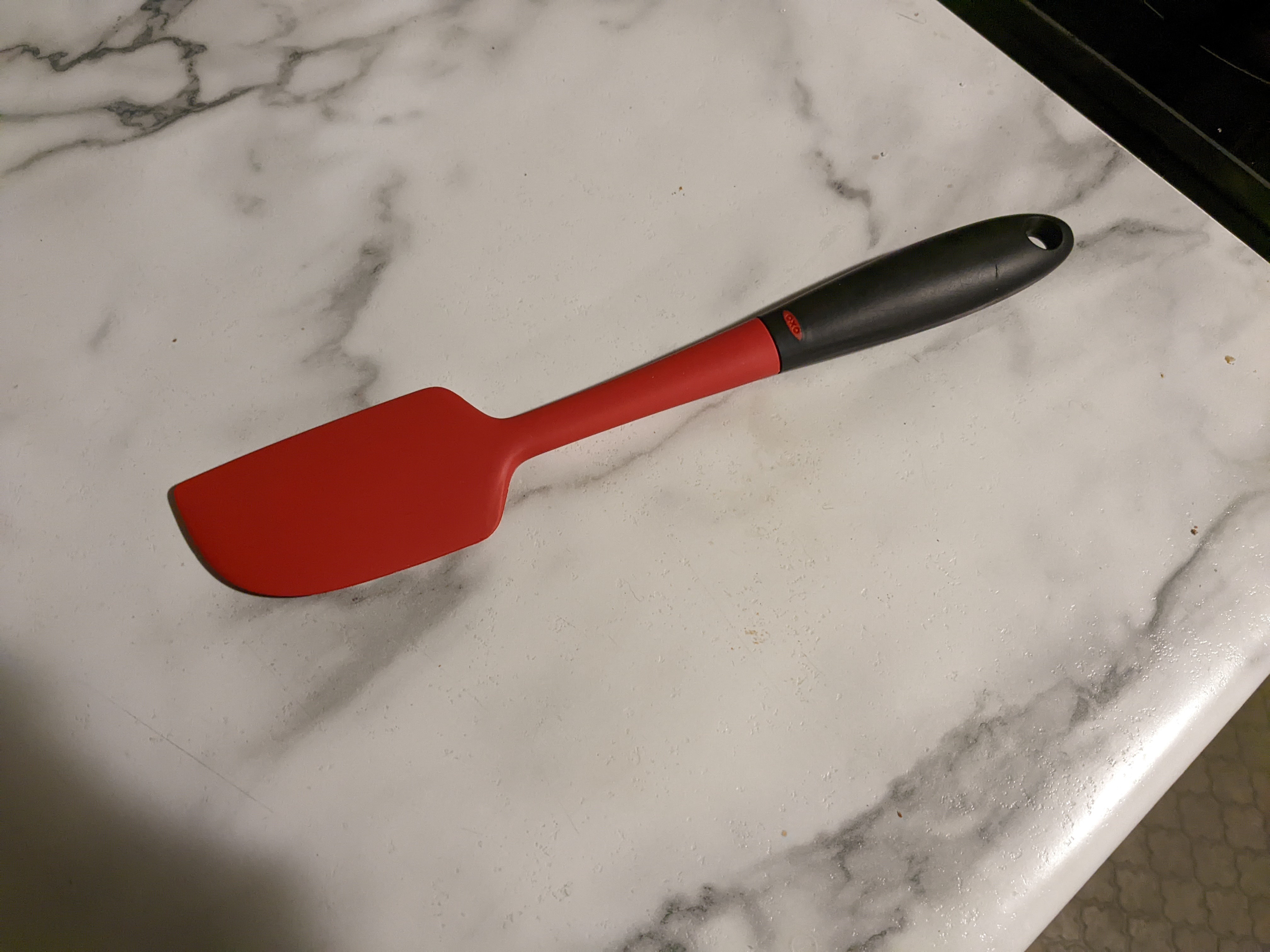Codeberg keeps calling the group the far right. Is there any political motivation or something else here? To me, it just looks like troll behavior. Is there more details about the attacks that I missed?
rutrum
What is 40s day?
This looks exciting. I hope the transition goes well.
I would say to get automated backups running on the first few before you do them all. Thats a luxury we get "for free" with cloud services.
Note on firefly iii. I use it because I've been using it, but after using it for 4ish years, I dont really recommend it. The way I use it anyway, I think inserting data could be easier (I do it manually on purpose) and the graphs/visualizations I also wish were better. My experience with search functionality is also sub par. I would look at other alternatives as well, but I think its still better than not tracking finances at all. But I wonder if using a database client to insert data and python scripts or grafana to analyze the data would be better for me....YMMV
Good luck!
Vim to edit markdown files. I use syncthing to sync between phone and other devices. I edit using markor on android.
I've tried other software, but usually discover that vim keybinds dont exist (even as a plugin) or opening as plain old markdown isnt available, so I give up and try the next one. I've finally accepted that for me, vim and markdown is my endgame note taking solution.
I replaced my tabbyml code assistant this week with ollama+continue.dev. But I'm having issues with speed. I think this is because I switched from code qwen 2.5B (ish) to Deepeek Coder 9B (ish) and I think I'm pushing the limits of my GPU. Maybe I'll spend today sorting out which models I want to use and which computers I want to use them on so I dont run into this issue (I've got ollama on 2 computers with 3 GPUs shared between them, for a total of 24GB VRAM)
Floccus just syncs, so whatever hasnt been synced would just wait in your bookmarks until the server was available.
I'm due to make something with ratatui. I've heard wonderful things about it. Cool project OP
Id never heard of trap. This is awesome! Thank you for sharing
When you do finally get into an installation (dual boot or live usb) just remember that this a whole new OS. And things that you thought about how "computers" worked was actually how "windows" worked. I just want to make sure you set expectations, because you could easily frustrate yourself when you start expecting things to behave a certain way.
Hopefully, you learn a lot from this experience. I'm excited for you!
Why did you switch from bitwarden?

For people who didnt understand the phrase like myself: https://en.wikipedia.org/wiki/Thin_blue_line?wprov=sfla1